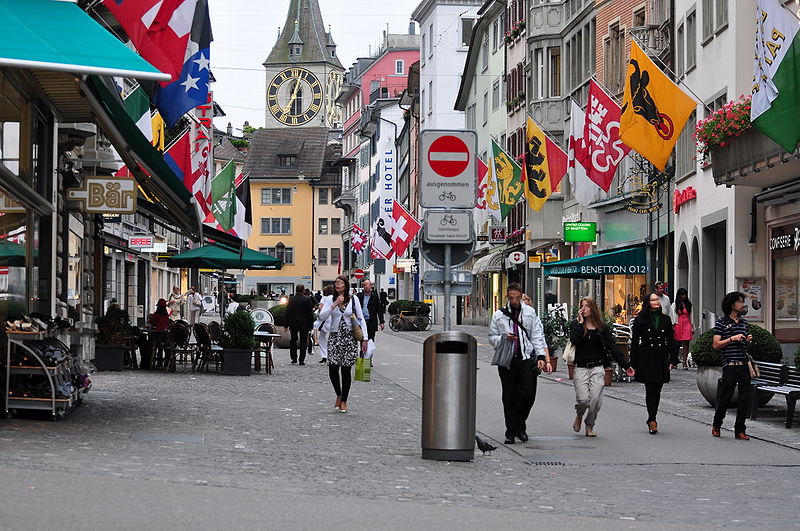
For the first time in history, Switzerland’s permanent resident population has crossed the nine million mark, reaching 9,002,763 people at the end of June 2024,
according to a report released by the Federal Statistical Office (FSO) on Thursday.
Steady Growth Over the Years
Switzerland's population has grown steadily, taking 12 years to rise from eight to nine million, a period matching the growth from five to six million between 1955 and 1967. Out of the current total, 6,560,361 residents are Swiss nationals, while 2,442,402 are foreign nationals.
Population Breakdown
The majority of the population, around 5.46 million, is aged between 20 and 64, while nearly 1.79 million are children and young adults. The elderly population, aged 65 and over, totals 1.753 million.
Regional Population Distribution
Switzerland’s Central Plateau, which includes cantons such as Bern, Fribourg, and Neuchâtel, is home to nearly 1.954 million residents. The Lake Geneva region, encompassing Vaud, Valais, and Geneva, hosts about 1.745 million people. The north-western region, including Basel and Aargau, has a population of over 1.231 million.
Zurich, the country's largest canton, counts nearly 1.613 million residents. Eastern Switzerland, including cantons like St. Gallen and Graubünden, is home to approximately 1.243 million people. In Central Switzerland, which includes Lucerne and surrounding cantons, the population stands at around 858,400. Ticino, located in the south, has about 358,000 residents.
Recent Growth Milestones
Though the total population of Switzerland exceeded nine million in mid-2023, that figure included non-permanent residents such as asylum seekers. By the end of June 2023, the permanent resident population was recorded at around 8.9 million, marking a significant milestone in the country's demographic history. Photo by Roland zh, Wikimedia commons.



































